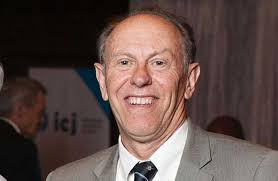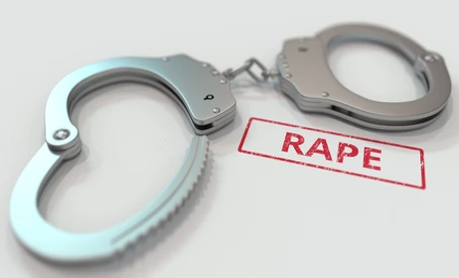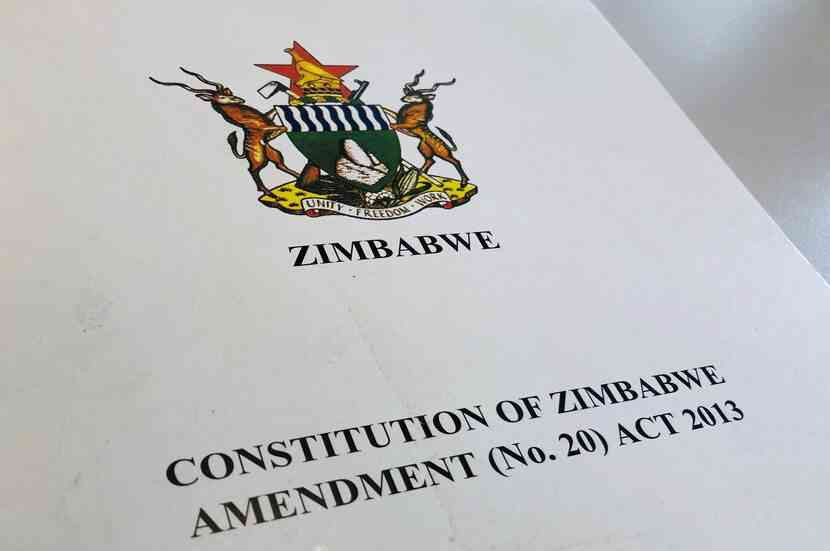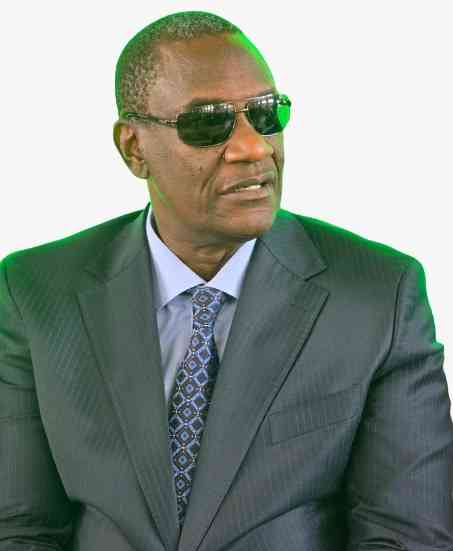
BULAWAYO City Council (BCC) requires about US$14,5 million to tackle infrastructure-related problems which include water and sewer systems, among other issues, mayor David Coltart has said.
He made the remarks during the Matabeleland Water Indaba, a key platform in the city's quest to find solutions to the water challenges affecting the region.
“The City of Bulawayo has, for many years, faced persistent water shortages. It is our reality that without a tropical cyclone, it is almost impossible for the city’s supply dams to fill up,” Coltart said.
“As such, the city continues to pray for good rains that will replenish our dams in the 2026/2027 rainy season. The last time the city’s dams filled up was almost a decade ago, in 2017, when the country was hit by a cyclone.”
Coltart said while they continue to hope for improved inflows, the city also requires significant investment to overhaul its ageing water infrastructure and improve bulk water delivery.
He said much of its infrastructure has outlived its lifespan, resulting in frequent pipe bursts that cause the loss of the very water they are striving to preserve.
"Council has developed short, medium and long-term strategies to address these challenges. In the short term, the city requires approximately US$14,5 million to tackle infrastructure-related problems," Coltart said.
“This includes renewing water mains across the city, rehabilitating water pumps, replacing over 1 000 non-functional meters and repairing existing infrastructure — all aimed at reducing non-revenue water, which currently stands at 46%.”
- Uproar over census figures
- Byo Arts Festival in turmoil…One year later, festival has yet to pay artists…Organisers play cat and mouse with artists
- Bulawayo struggles to clear housing backlog
- Council acts tough on debts
Keep Reading
Coltart added that the city’s medium-term measures include the private sector-led construction of the Glass Block Bopoma Dam, while the long-term and most anticipated solution to Bulawayo’s water crisis remains the construction of the Gwayi-Shangani Dam by the central government.
“The common thread among these initiatives is the need for substantial funding. This presents both a challenge and an opportunity as we rethink sustainable water strategies that will benefit Bulawayo,” he said.
“As we reflect on sustainable water strategies for Bulawayo, it is also important to examine the government’s directive encouraging local authorities to partner with the private sector in water provision — a model already in place in the City of Harare.”
He, however, said the city has proposed establishing a council-owned water and sanitation utility.
Coltart said while it may be premature to share more details, the proposal seeks to unlock financial resources for infrastructure renewal, as the municipality is often viewed as a financial risk and struggles to attract the necessary funding for water and sanitation improvements.
“In rethinking sustainable water strategies, we must also consider water recycling. With the city increasingly affected by climate change, feasibility studies are underway to assess the potential use of recycled water for industrial purposes,” he said.
“Drawing inspiration from cities such as Windhoek, Namibia, which have successfully used recycled water for years, and with advancements in technology, perhaps the time has come for Bulawayo to embrace the use of recycled water.”
Coltart said Bulawayo is not acting alone in its efforts to improve water delivery, adding that he was excited that the water indaba brought together central government, civil society organisations, researchers and academics to engage in meaningful discussions on improving water supply in Bulawayo.
“Through such collaborative efforts, we can ensure that the next generation does not face the same water challenges we have endured,” he said.








